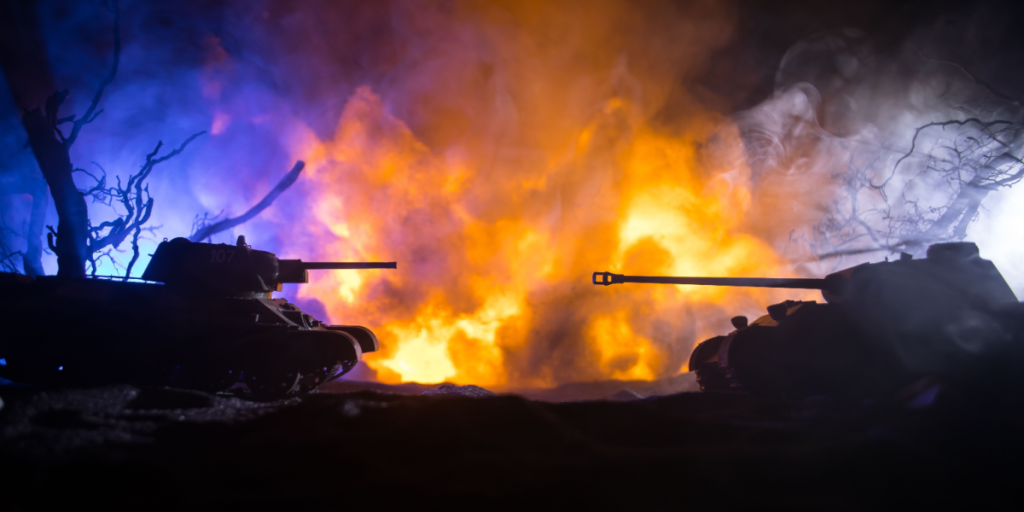The year marking the 80th anniversary of the end of WWII does not mean the world has become safer over the years.
Others are reading now
The year marking the 80th anniversary of the end of WWII does not mean the world has become safer over the years.
Eight decades since WWII — but peace remains fragile

Eighty years have passed since World War II ended, yet the threat of major conflict still lingers.
While full-scale world wars seem like relics of the past, today’s global landscape is riddled with tension.
The triggers may look different now — cyberattacks, drones, political missteps — but the stakes remain sky-high.
A new era of instability

The rise of autonomous weapons, surveillance technology, and AI-driven warfare is rapidly shifting how wars start and unfold.
Also read
These tools, often used in gray-zone conflicts, can escalate local disputes into international crises — fast and without warning.
Why geography still matters
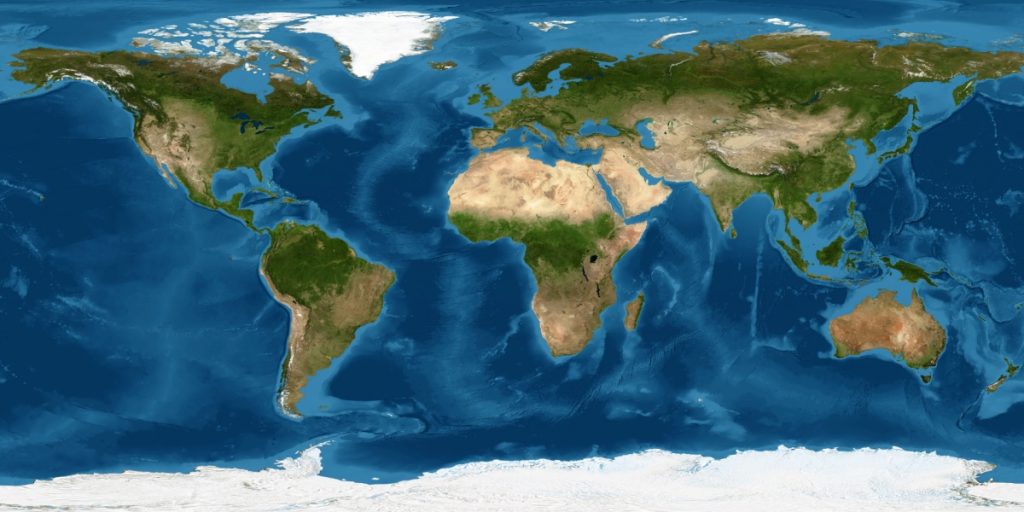
Borders that were drawn decades or even centuries ago — from Kashmir to the Himalayas — continue to cause disputes.
But today, a fight over remote mountain passes or island airspace can spark a full-blown international crisis.
Where war might begin
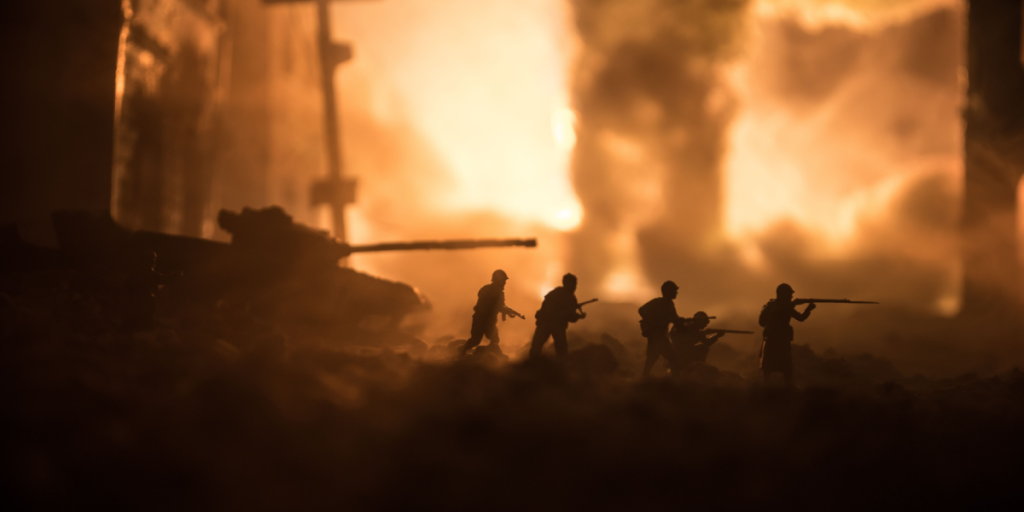
Journalist and historian Garrett M. Graff are sounding alarms about five high-risk regions.
In an article on Politico, he higlights the potential powderkegs and dicusses why or why not a full-blown war in that region is likely
Also read
1. India and Pakistan: A fragile nuclear peace
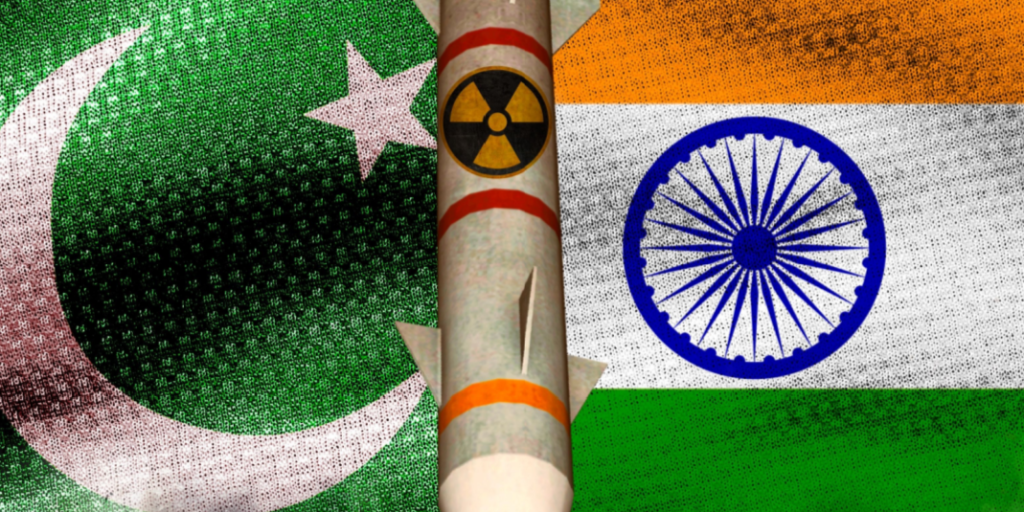
In May, a brief but dangerous missile exchange between India and Pakistan reignited fears of nuclear escalation.
Triggered by a terrorist attack in Jammu and Kashmir, the incident was a stark reminder of how fast tensions can spiral.
A legacy of bloodshed
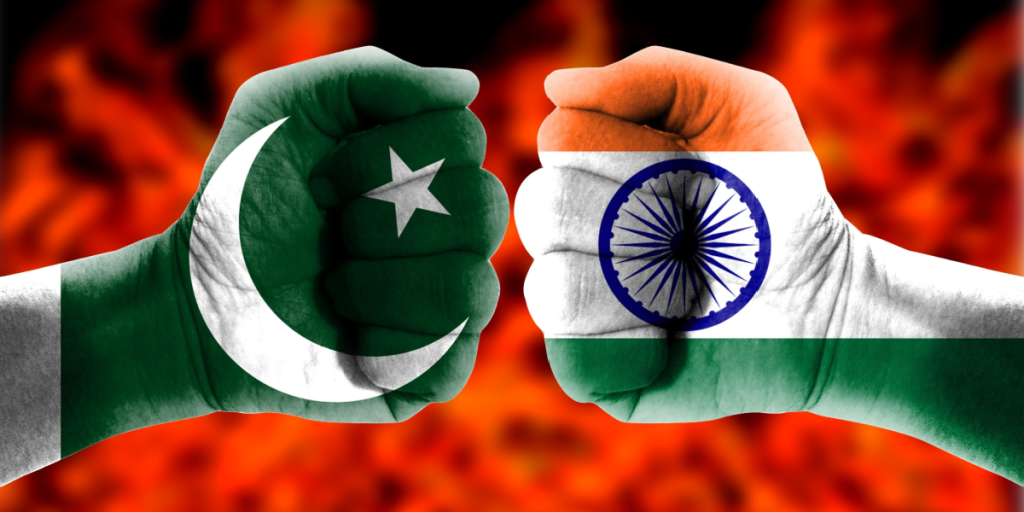
India and Pakistan have fought multiple wars since their 1947 partition, most notably in 1965, 1971, and 1999.
Despite ceasefires, low-level skirmishes remain common, and mistrust runs deep — especially around claims of cross-border terrorism.
The World’s most dangerous standoff?
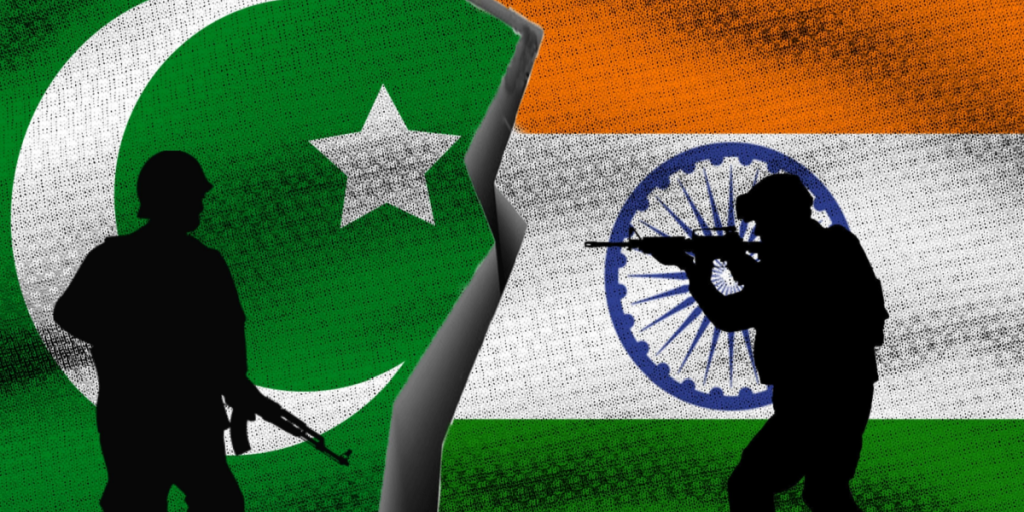
Both nations possess around 170 to 180 nuclear weapons.
Also read
Experts agree this makes South Asia the most likely flashpoint for a nuclear exchange anywhere on Earth — with catastrophic consequences beyond the immediate region.
The fuse is short
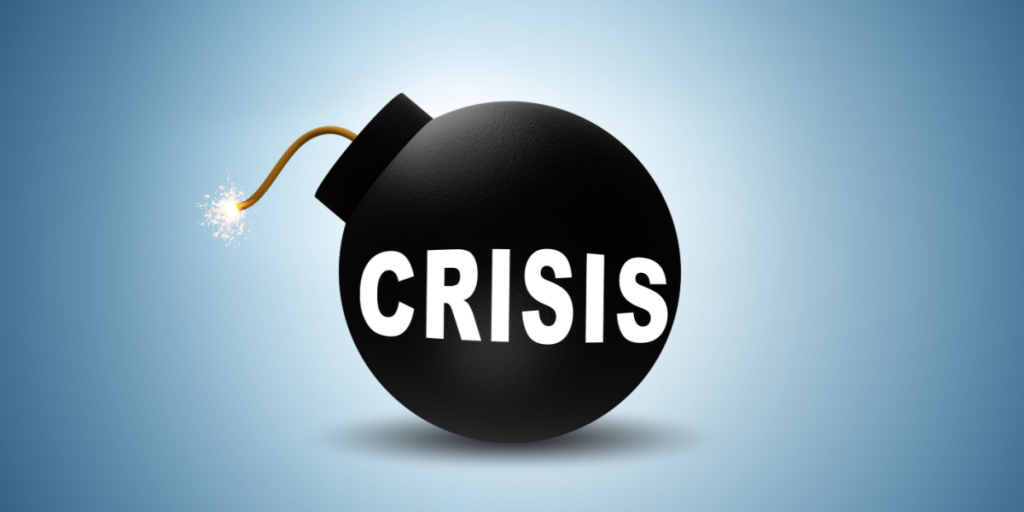
Former U.S. intelligence leaders warn that political pressures and poor communication could lead either side to overreact.
A military strike on a command center, for instance, could be mistaken for a first strike — prompting a nuclear response.
Why India-Pakistan war might be avoided
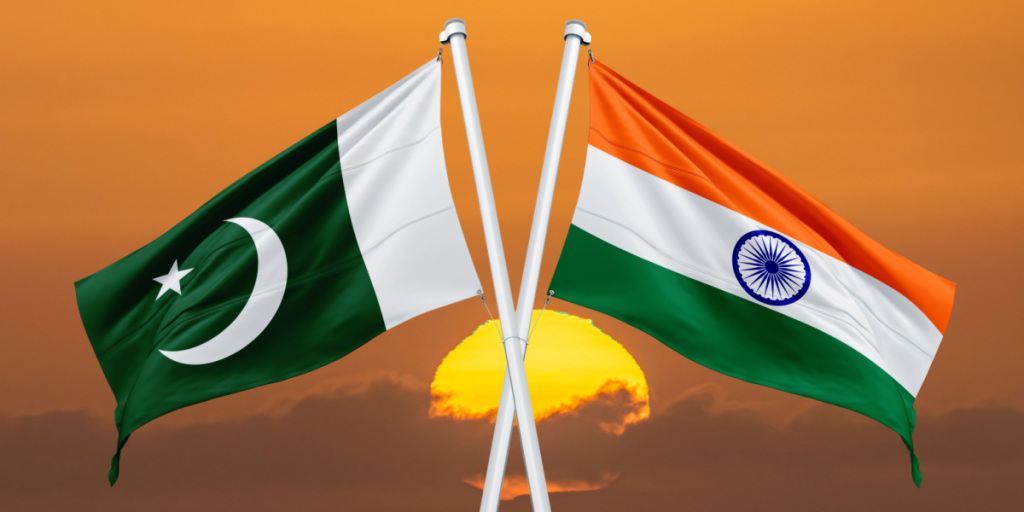
For now, practical concerns like economic growth (for India) and internal insurgencies (for Pakistan) keep both nations focused elsewhere.
But the risk remains uncomfortably real.
Also read
2. China and Taiwan: The 21st century’s crucible

China’s ambitions to “reunify” with Taiwan could define global politics for decades.
Xi Jinping’s strategy mirrors Putin’s in Ukraine — move while the population still resists, before it drifts too far ideologically or politically.
A fight for global leadership
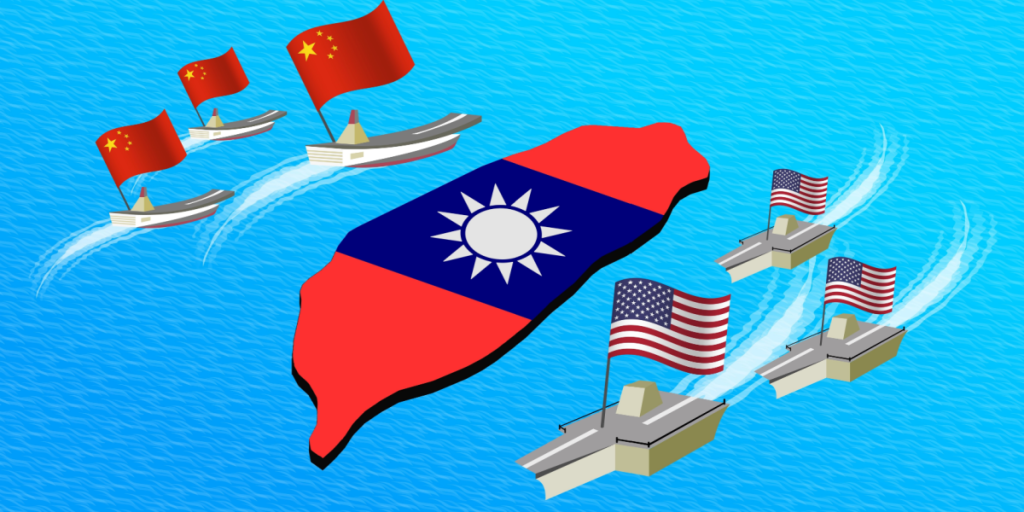
Taiwan isn’t just a disputed territory; it’s a geopolitical symbol. If the U.S. defends Taiwan, it sends a message about its continued dominance.
If it doesn’t, regional powers like Japan, South Korea, and the Philippines may rethink their alliances.
Could the U.S. even win?
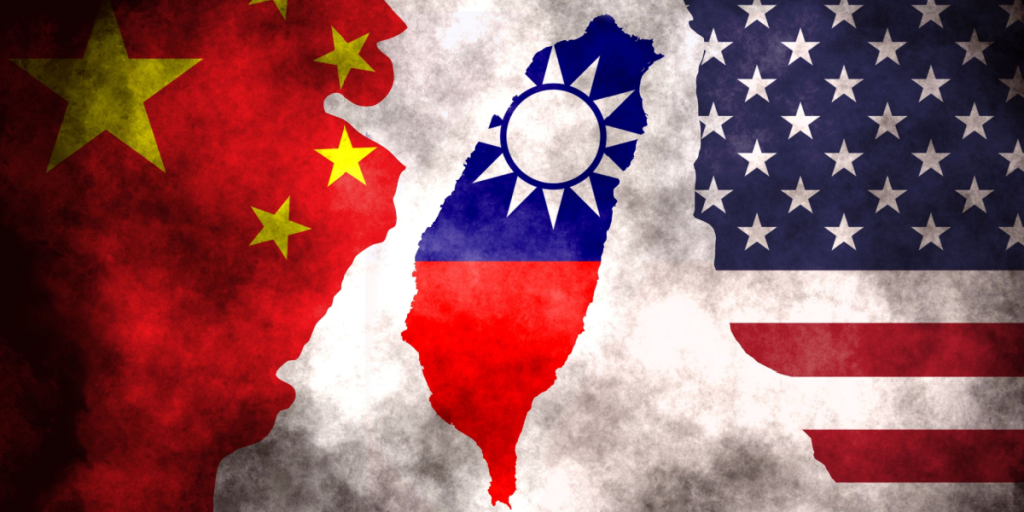
Wargames run by U.S. think tanks suggest grim outcomes. U.S. stockpiles could run dry, and death tolls might surpass those of Vietnam and Korea combined — within months.
Also read
It’s a battle the Pentagon is preparing for, but not confident in.
Xi’s 2027 deadline
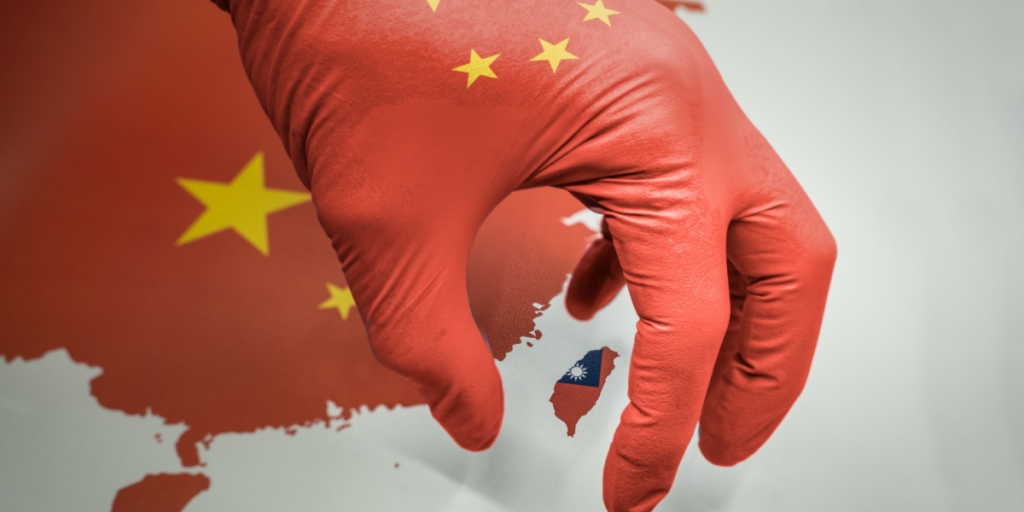
Xi has ordered the Chinese military to be ready to invade Taiwan by 2027.
Amphibious drills and military modernization continue at pace — raising alarms in Washington, Tokyo, and Taipei.
An invasion like no other
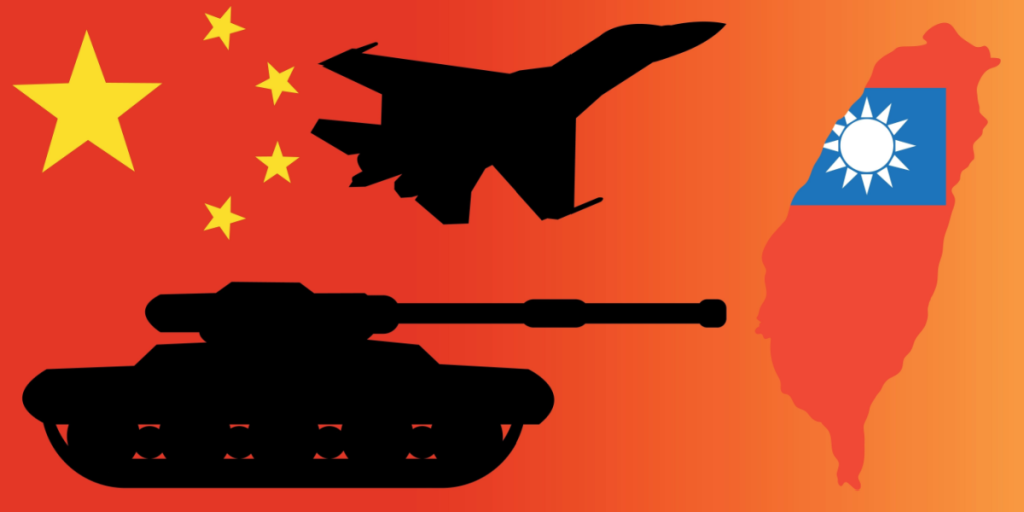
Crossing the Taiwan Strait and capturing the island would be one of the most complex military operations in history.
China’s military, despite its tech and size, has no modern combat experience to draw on.
Also read
Other paths to control
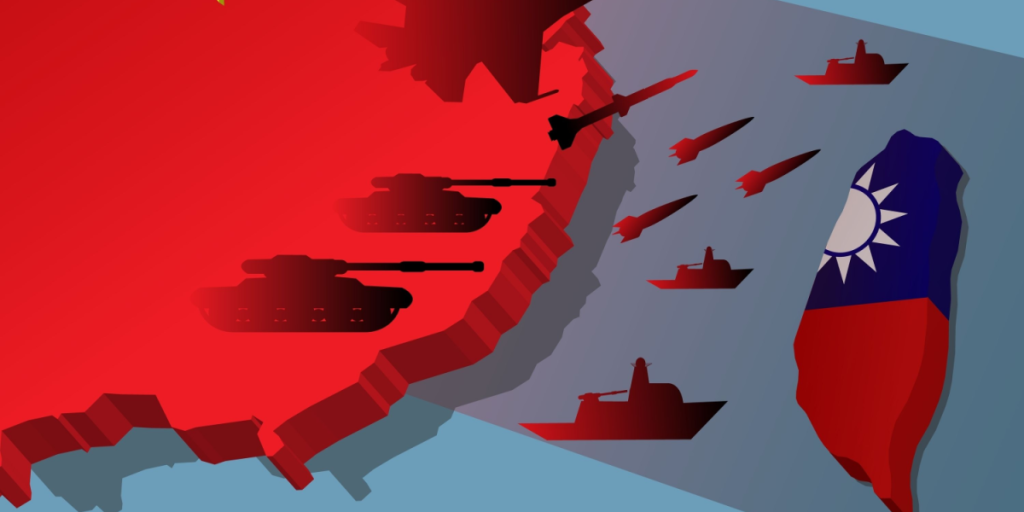
Rather than invade outright, China may slowly choke Taiwan’s economy with blockades, customs controls, and cyber interference.
These tactics are harder for the West to counter and might still achieve China’s goals without all-out war.
3. Russia and the Baltics: NATO’s weak link?

Estonia, Latvia, and Lithuania are small, isolated, and situated on Russia’s doorstep.
For Putin, they offer a tempting target — both symbolically and strategically — to challenge NATO’s credibility.
The new face of Russian aggression
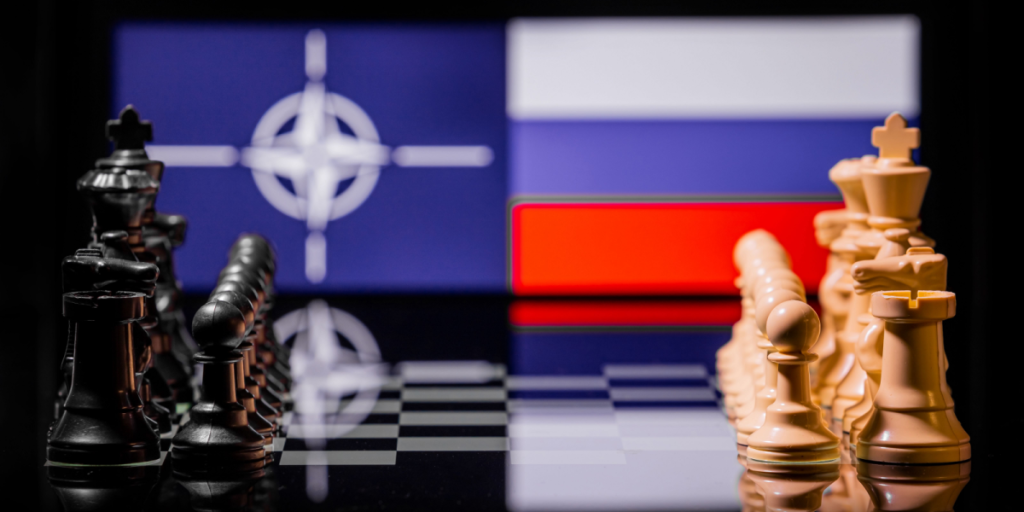
Experts worry less about a massive military assault and more about hybrid tactics — cyberattacks, arson, sabotage.
Also read
These “plausibly deniable” actions are harder to respond to and may not immediately trigger NATO’s Article Five.
Will the U.S. really step in?
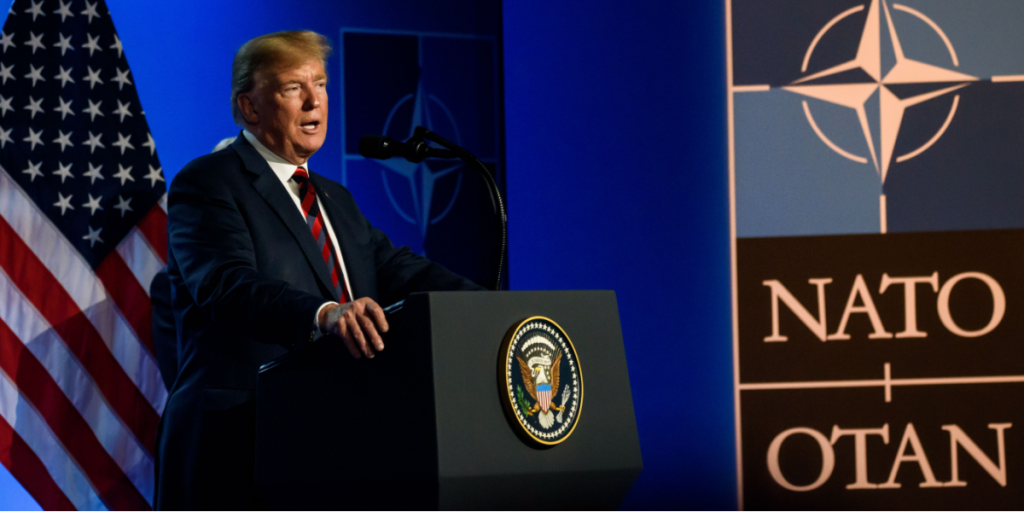
Would the U.S. risk nuclear escalation to defend Riga or Tallinn?
That uncertainty — especially under a less NATO-committed administration — could embolden Moscow to test the alliance.
Ukraine’s shadow looms
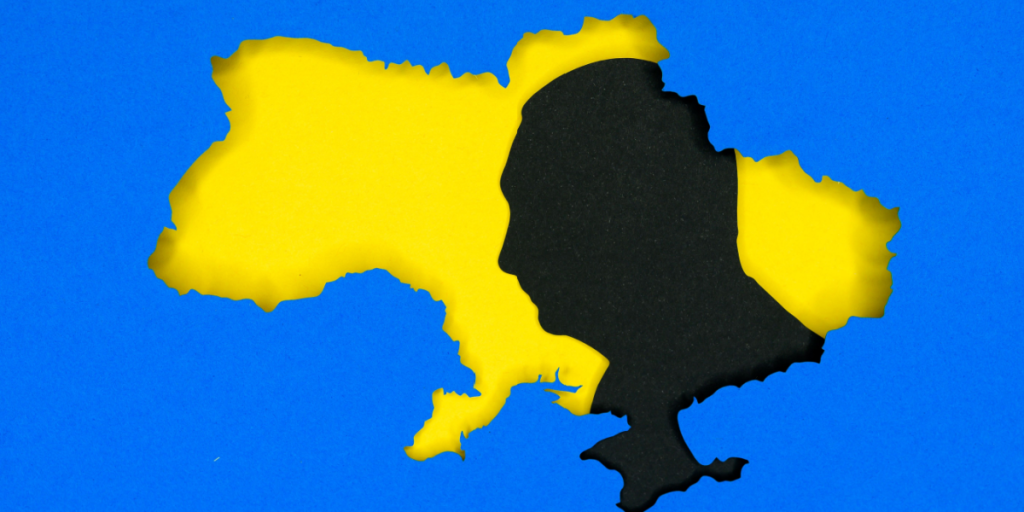
Russia’s ongoing war in Ukraine has badly depleted its military strength.
If Russian losses continue — over a million casualties and thousands of tanks already — an assault on the Baltics may not be feasible anytime soon.
Also read
4. India and China: A tense, frozen frontline
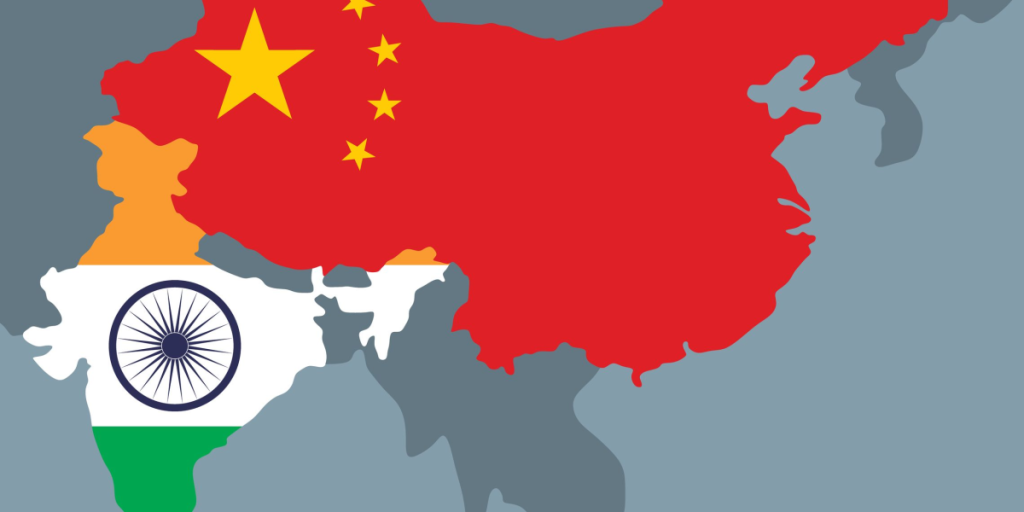
The India-China border, known as the Line of Actual Control, cuts across the towering Himalayas.
It’s one of the highest — and coldest — places where active military tensions simmer today.
Hand-to-hand combat at the roof of the world
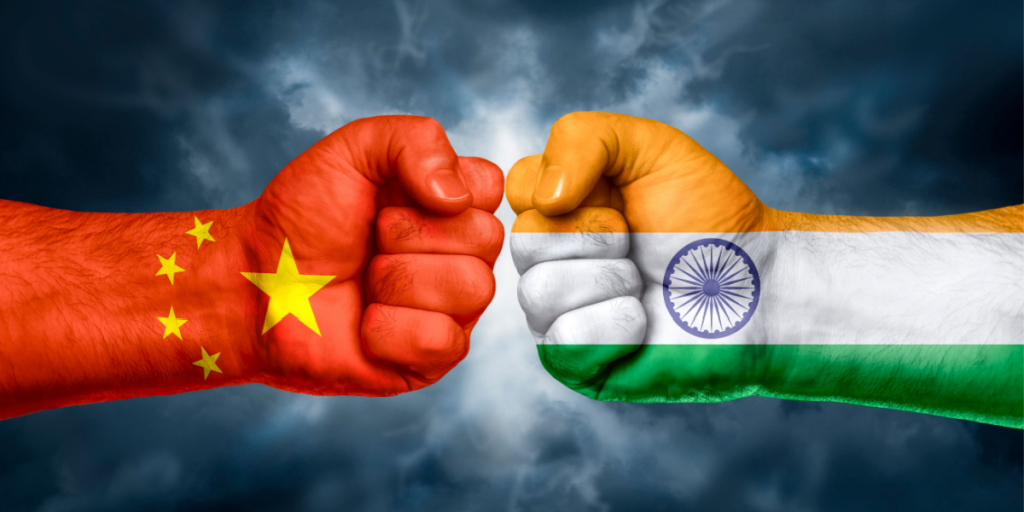
Because both sides forbid guns in border zones, recent skirmishes have involved rocks, sticks, and fists.
The 2020 Galwan Valley clash killed at least 20 Indian troops — and perhaps 40 Chinese — in medieval-style battle.
A border with no rules
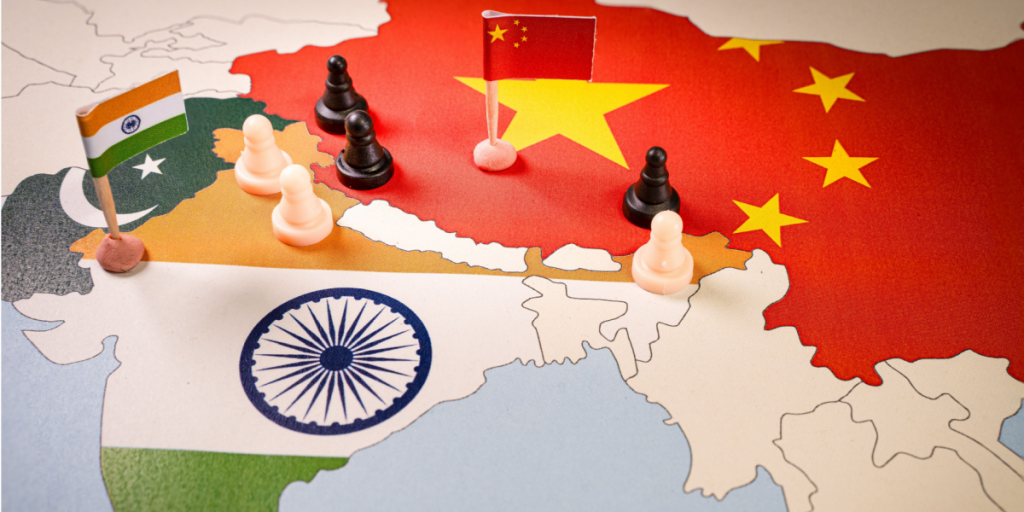
There are no hotlines, treaties, or deconfliction protocols between India and China.
Also read
That absence of communication channels makes misunderstandings far more likely — and far more dangerous.
Two superpowers, one narrow pass
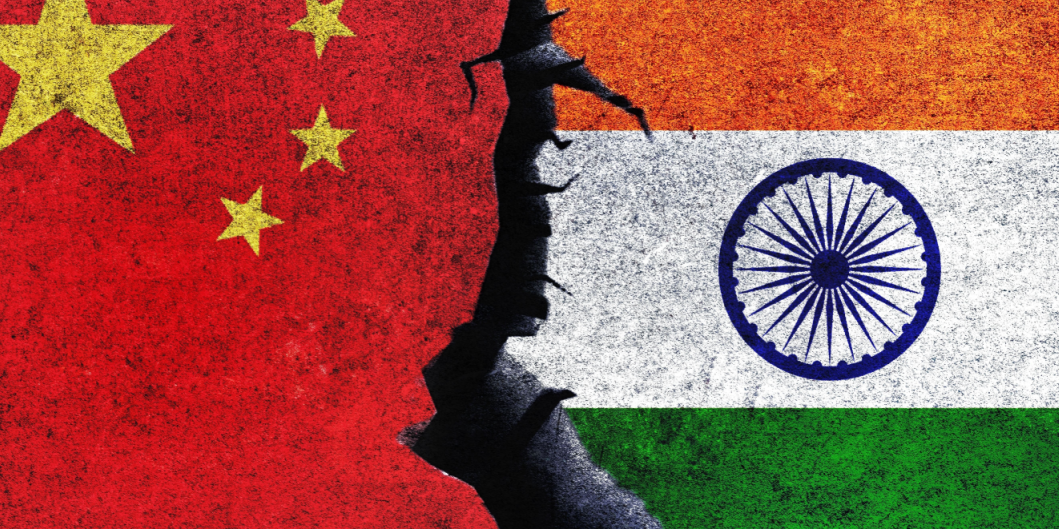
Despite the remote geography, the stakes are high.
A misstep here could quickly escalate into something much bigger, pulling in other regional powers and complicating U.S. strategy in Asia.
Economic reality might prevent war
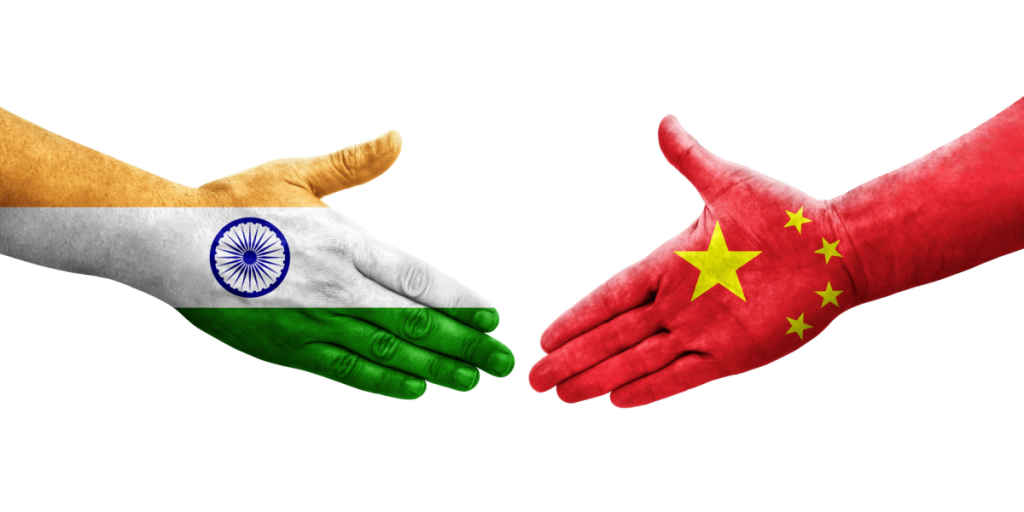
Both countries are focused on domestic stability. India aims for long-term growth; China is facing demographic decline.
An all-out war would jeopardize both — and leaders know it.
Also read
5. The Korean Peninsula: An unfinished war
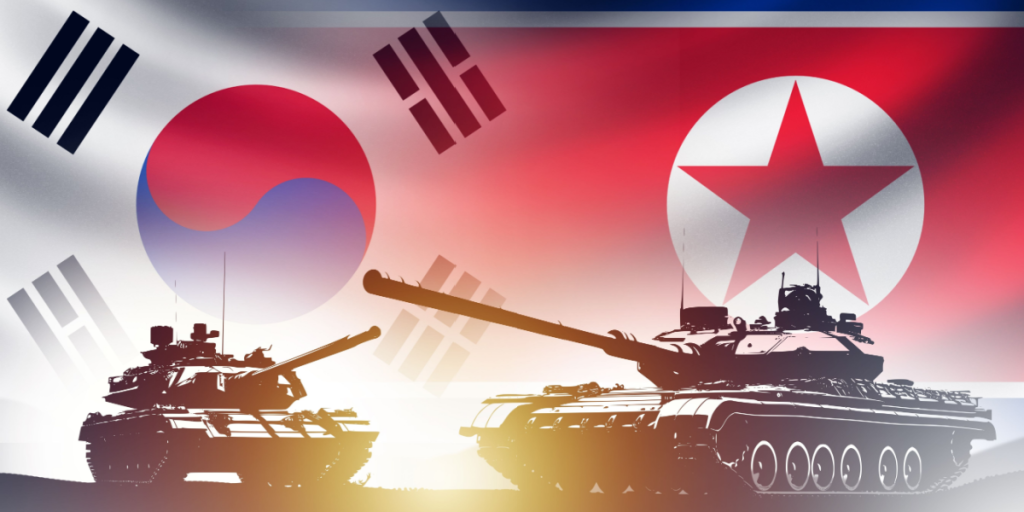
The Korean War never officially ended.
The DMZ remains a surreal stretch of fortified land, while North Korea keeps developing its nuclear program in near-total secrecy.
America’s permanent presence

The U.S. still stations 30,000 troops in South Korea. In any war, they’d be among the first targets.
And since so little is known about North Korea’s capabilities or intentions, planning is especially difficult.
Kim Jong Un’s wild card strategy
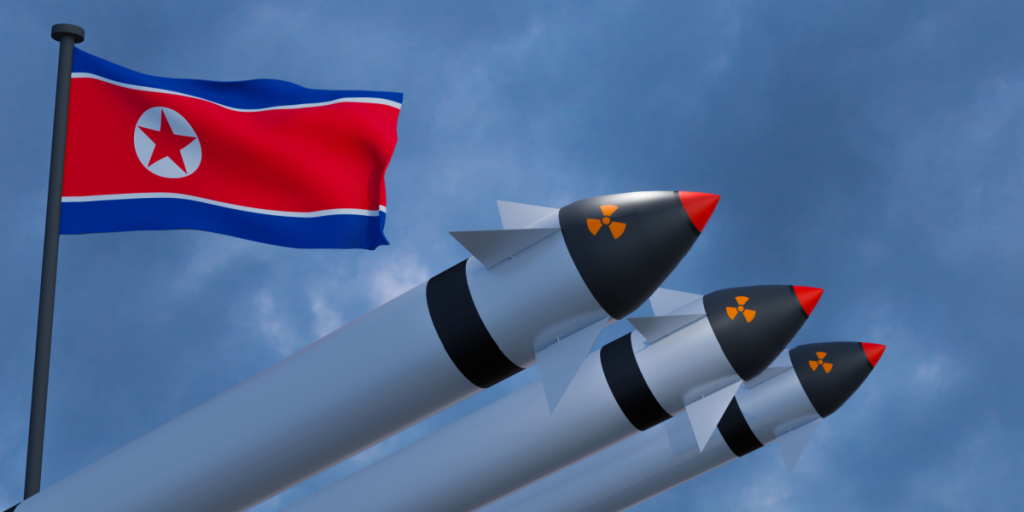
Isolated and under pressure, Kim holds onto his nuclear arsenal as a survival strategy.
Also read
If he feels cornered or sees a chance to strike first, a surprise attack is not out of the question.
Chain reactions across Asia
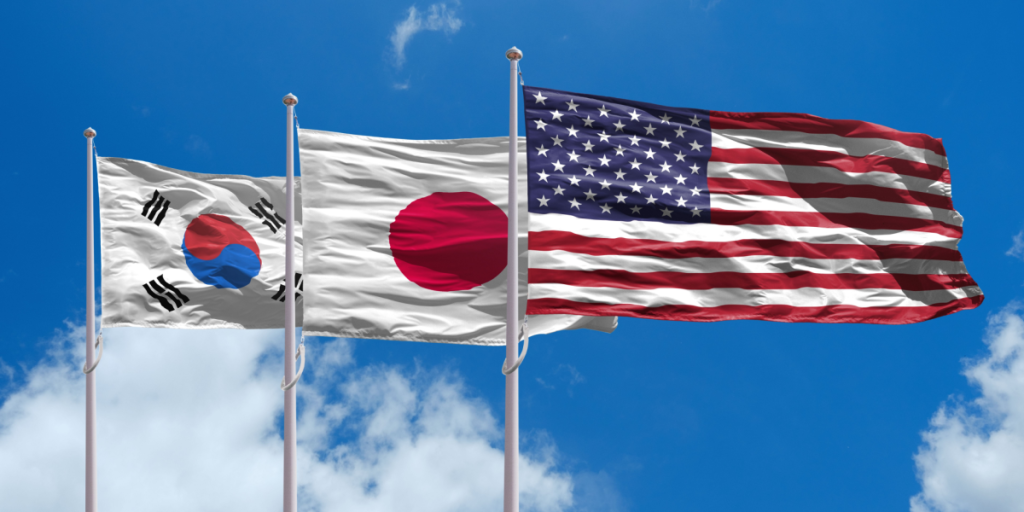
If the U.S. were to falter in Taiwan or the Baltics, allies like South Korea and Japan might doubt American protection — and consider developing their own nuclear weapons.
In fact, 70% of South Koreans now support this idea.
Why the Korean Peninsula might stay quiet
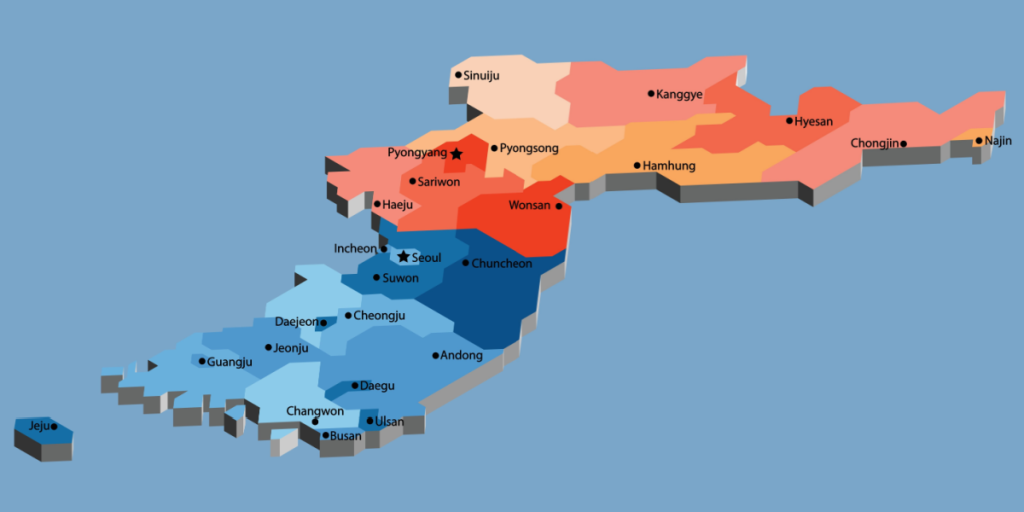
Despite the risks, North Korea may not want a conflict right now.
Its arsenal is still unproven, and with Trump possibly returning — someone Kim has met personally — Pyongyang may feel relatively secure for the time being.
Also read
Global peace depends on prevention, not reaction
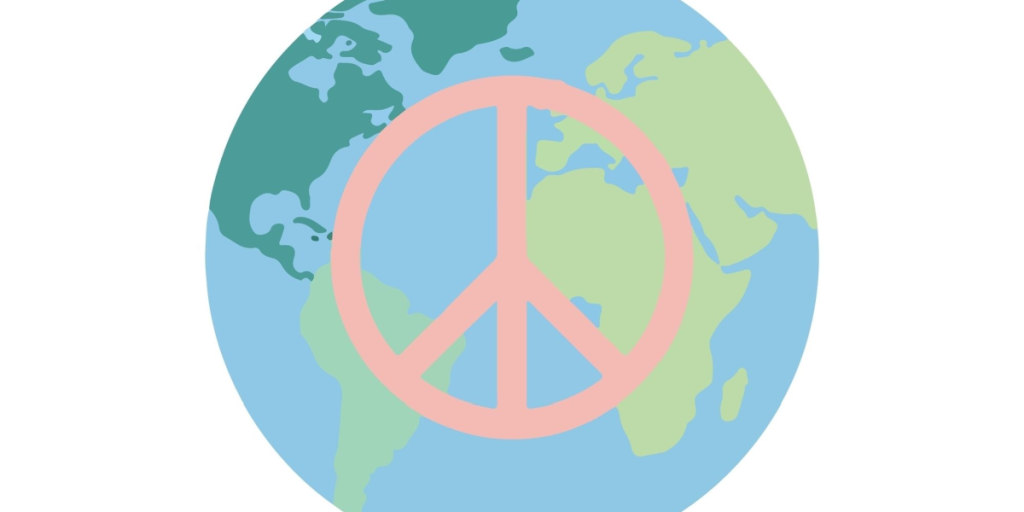
According to Graff, all five flashpoints share one trait: wars here could start not with declarations, but with miscalculations.
The challenge now is to strengthen diplomacy, open channels of communication, and rebuild trust — before mistakes turn into wars.

